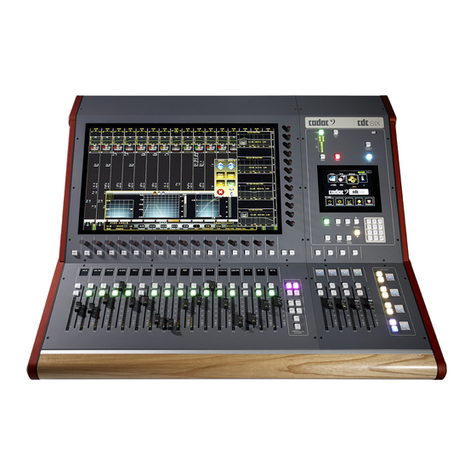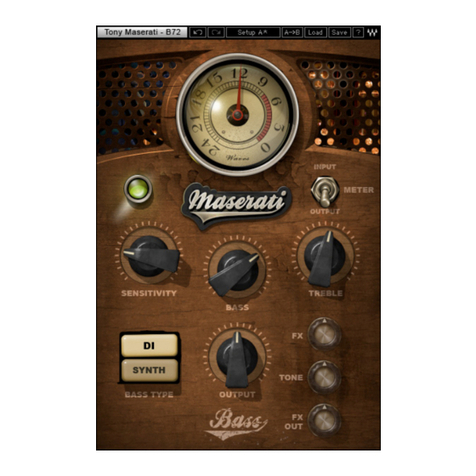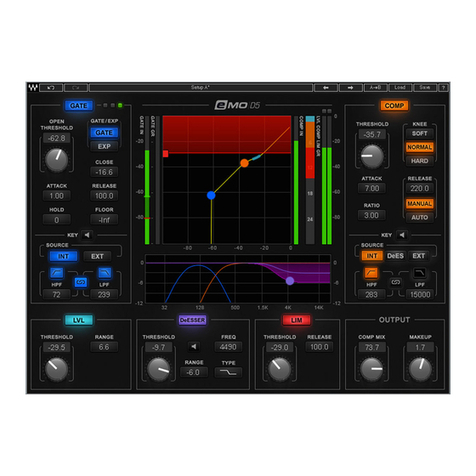Waves KRAMER MPX MASTER TAPE User manual
Other Waves Recording Equipment manuals
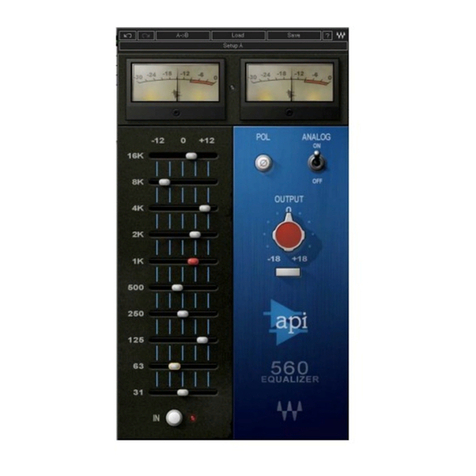
Waves
Waves API 560 User manual
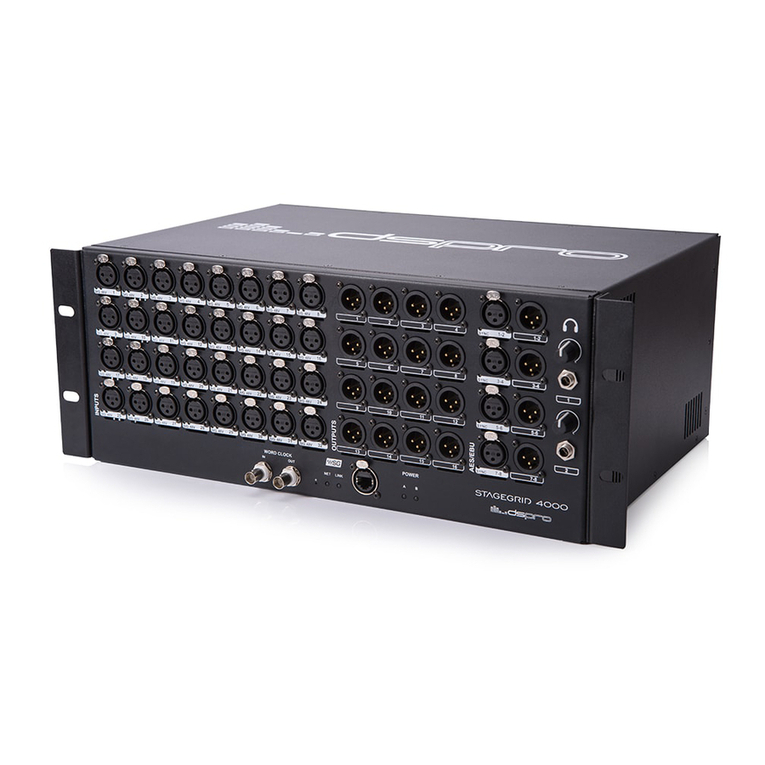
Waves
Waves DSPro StageGrid 4000 User manual
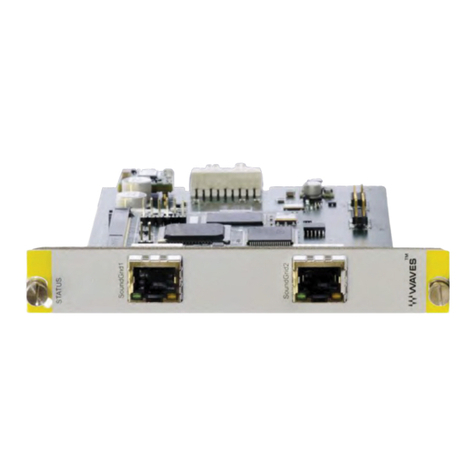
Waves
Waves LIVE Calrec SoundGrid User manual

Waves
Waves dspro STAGERGRID 4000 User manual
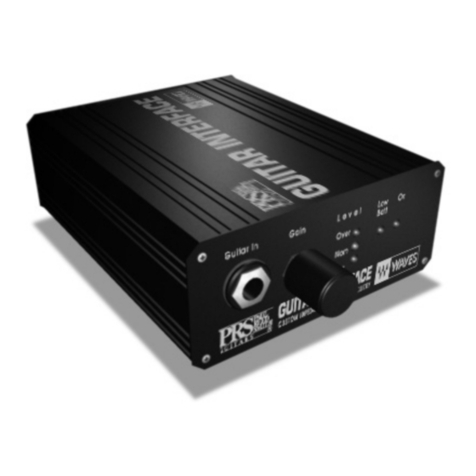
Waves
Waves PRS Guitar Interface User manual
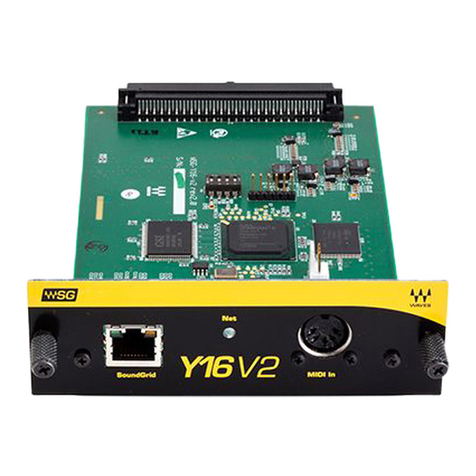
Waves
Waves WSG-Y16 User manual
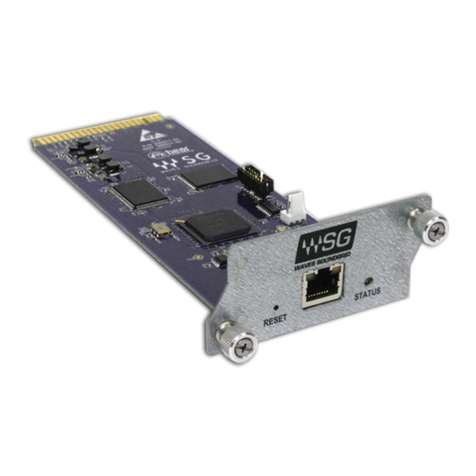
Waves
Waves Hear Back PRO SoundGrid Card User manual
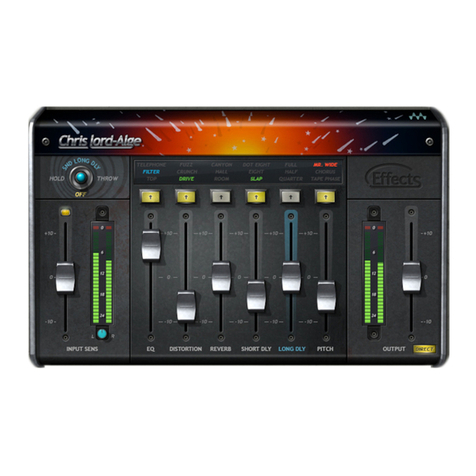
Waves
Waves CLA EFFECTS User manual
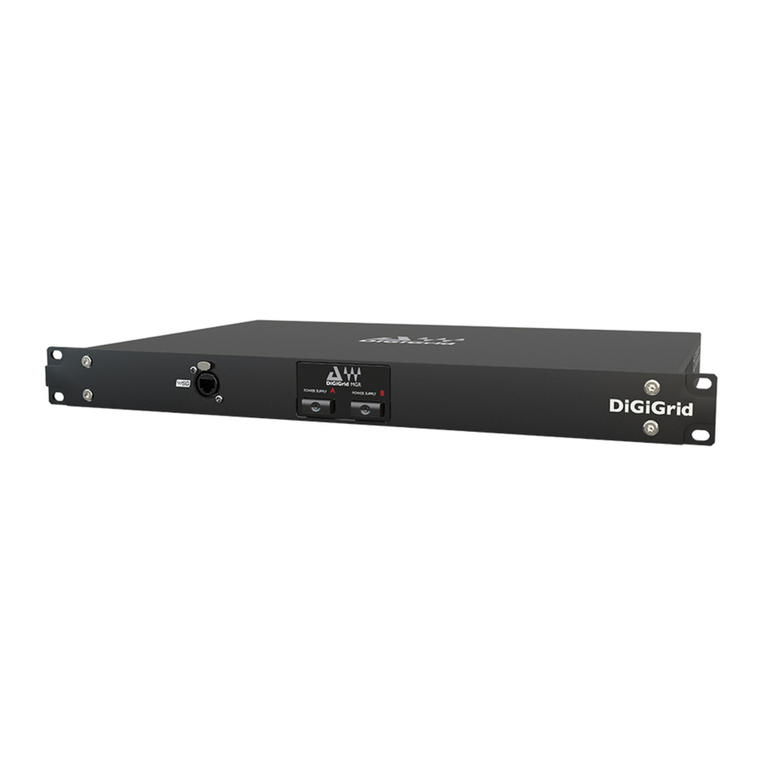
Waves
Waves DiGiGrid MGR User manual
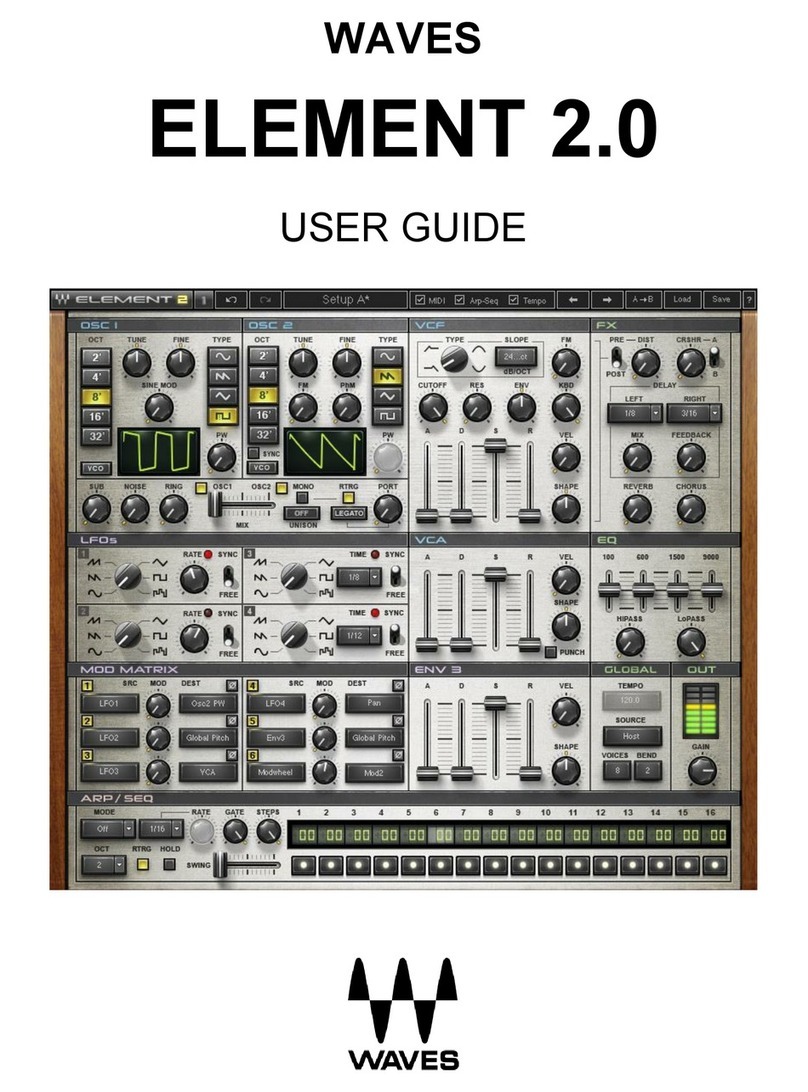
Waves
Waves ELEMENT 2.0 User manual

Waves
Waves WSG HY128 User manual

Waves
Waves Abbey Road Vinyl User manual
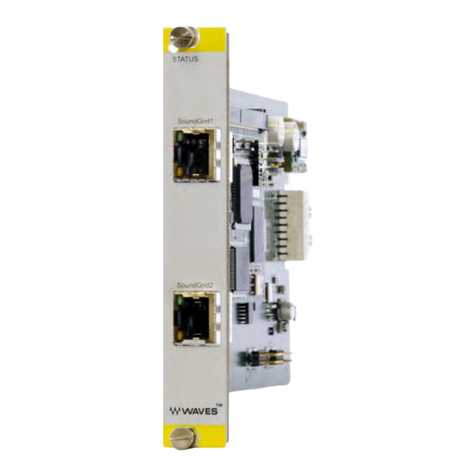
Waves
Waves Calrec SoundGrid User manual
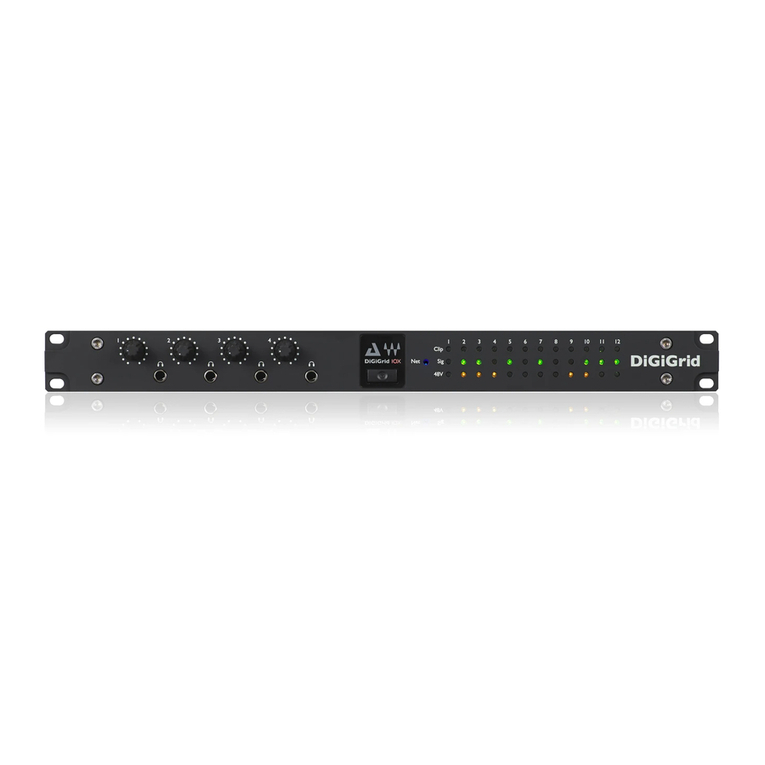
Waves
Waves DiGoGrid IOX User manual
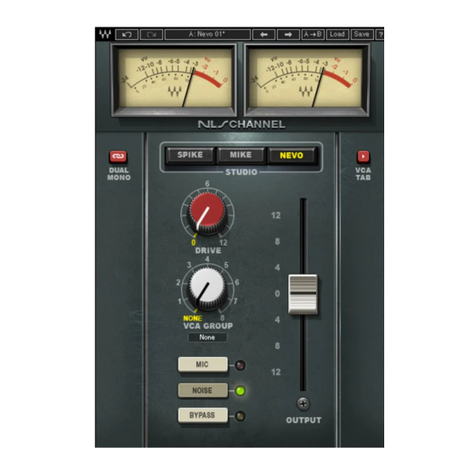
Waves
Waves NLS User manual

Waves
Waves DigiGrid D User manual
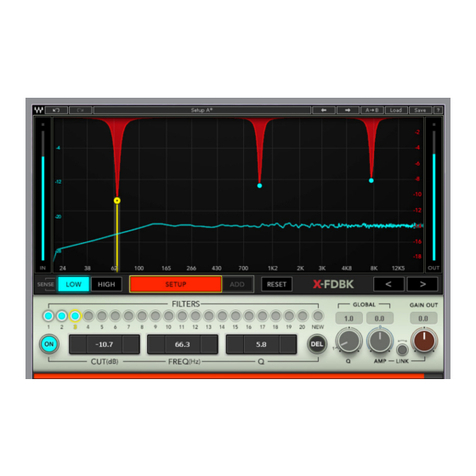
Waves
Waves X-FDBK User manual
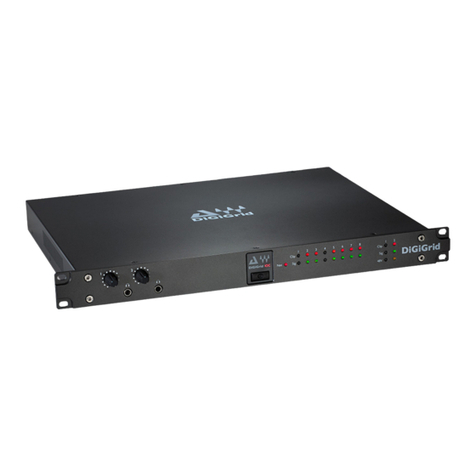
Waves
Waves DiGiGrid IOC User manual
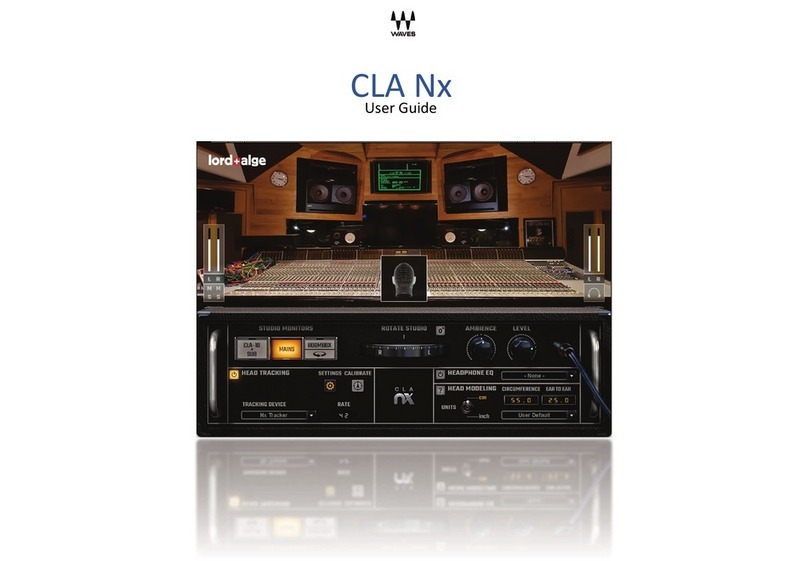
Waves
Waves CLA Nx User manual
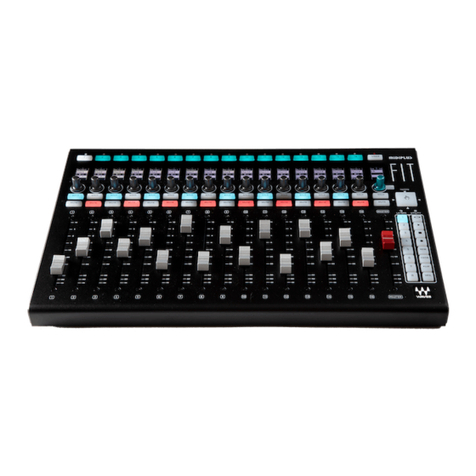
Waves
Waves MIDIPLUS FIT User manual
Popular Recording Equipment manuals by other brands

Sony
Sony RCD-W1 Operating Instructions (primary... Service manual

Roland
Roland Planet-P MKS-10 owner's manual

Roland
Roland BOSS GT-PRO Turbostart

8x8 Inc
8x8 Inc Valcom V-2001A manual

Mitsubishi Electric
Mitsubishi Electric MAC-334IF-E installation manual

Robotics Technologies
Robotics Technologies microBus-Cam II installation manual

